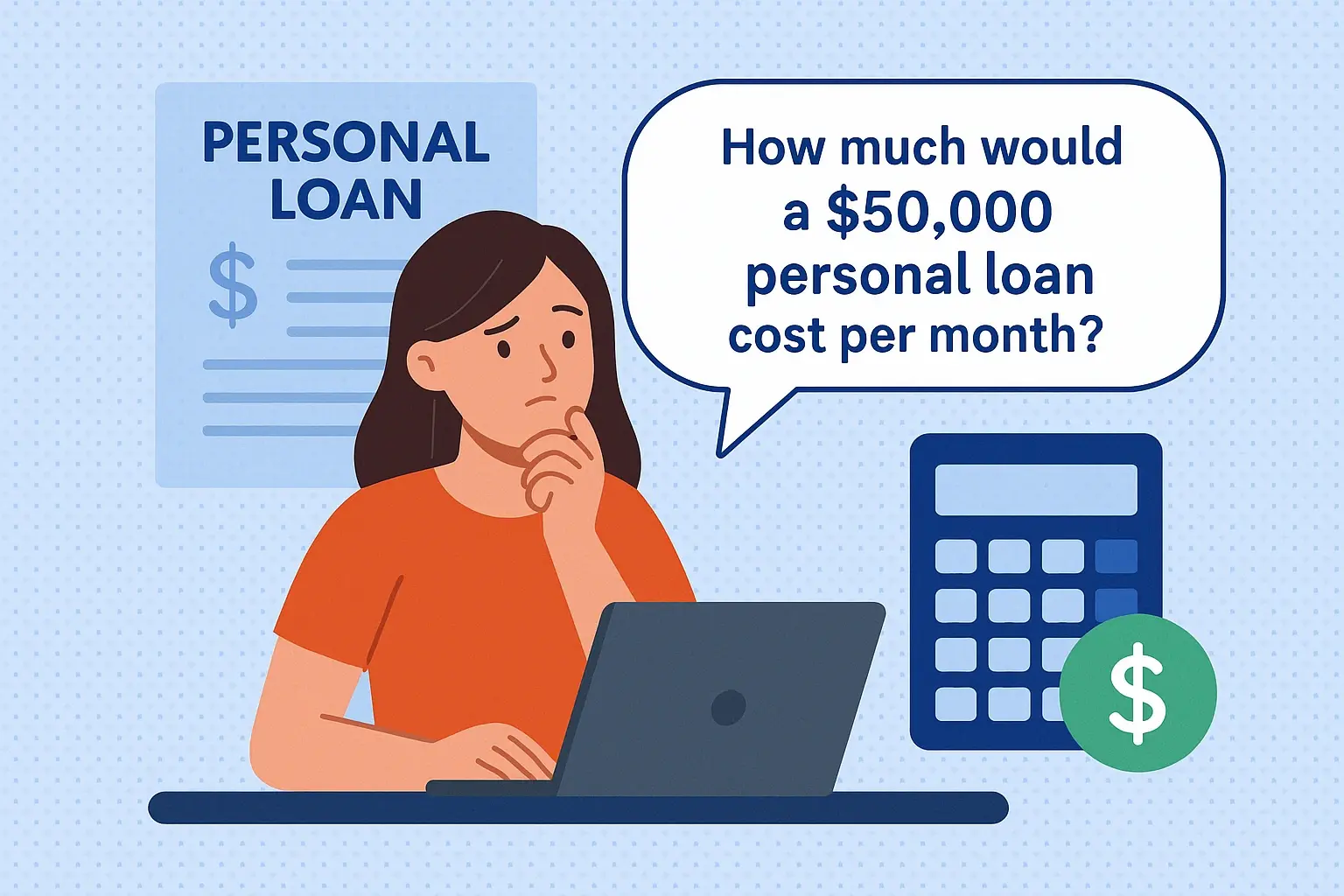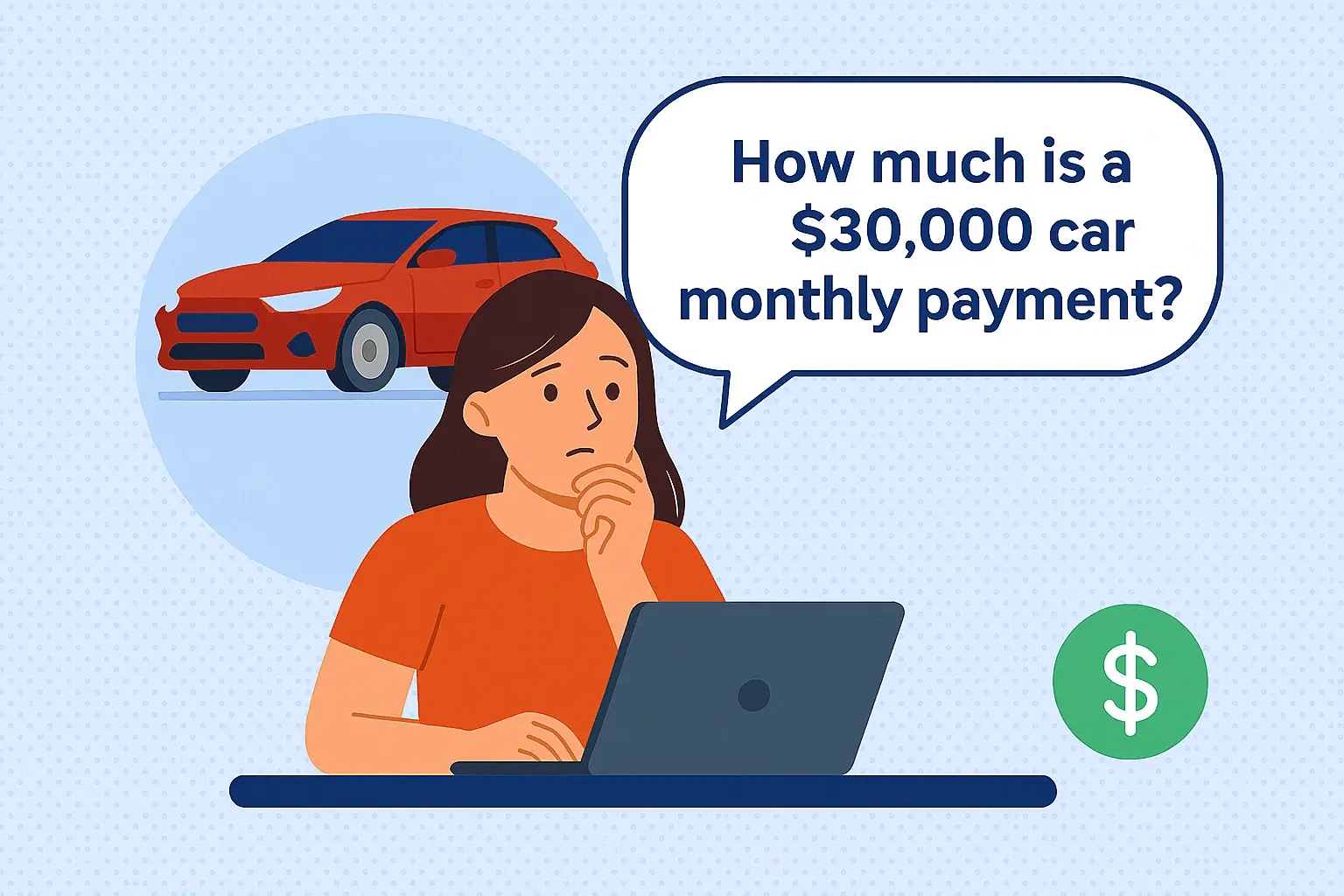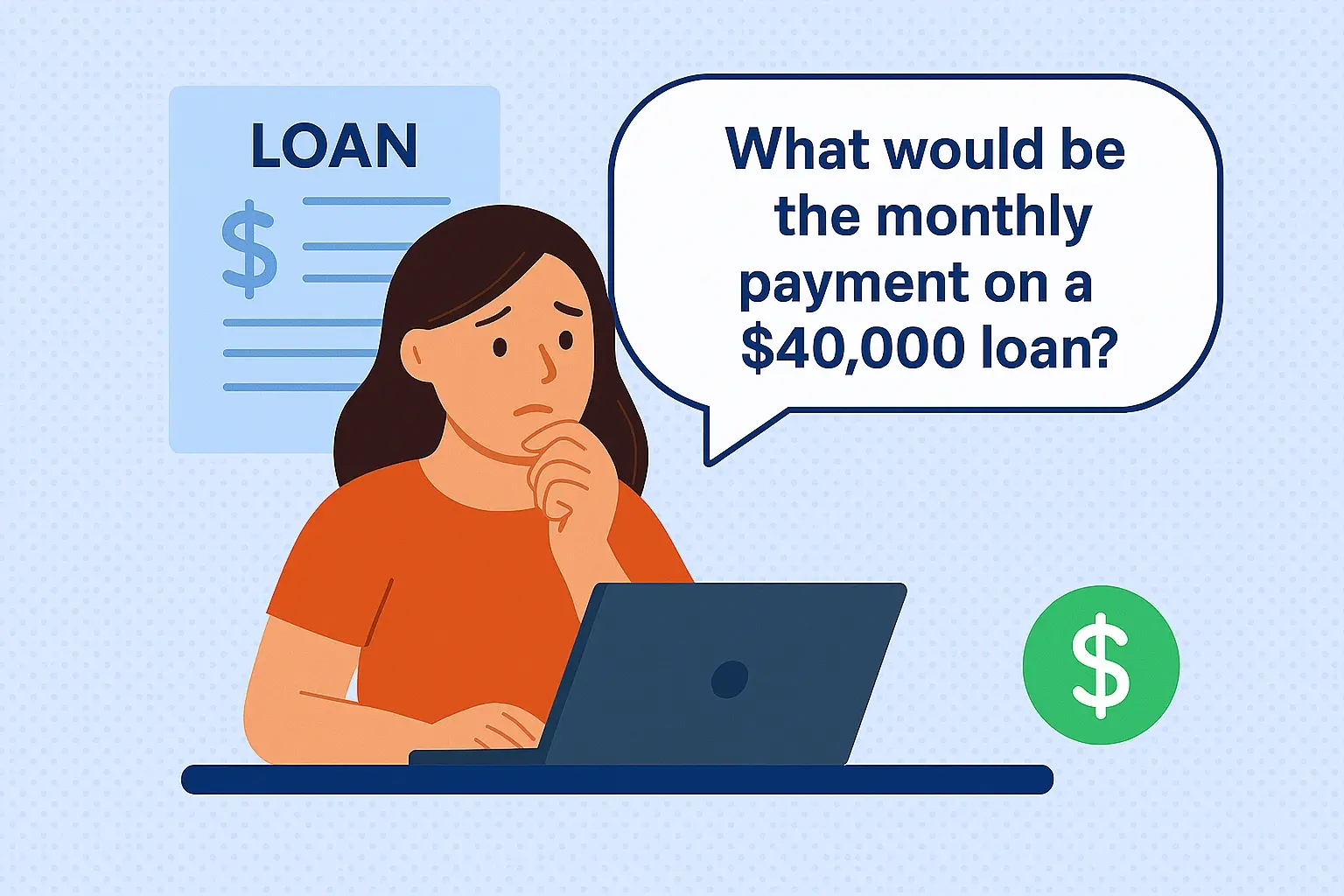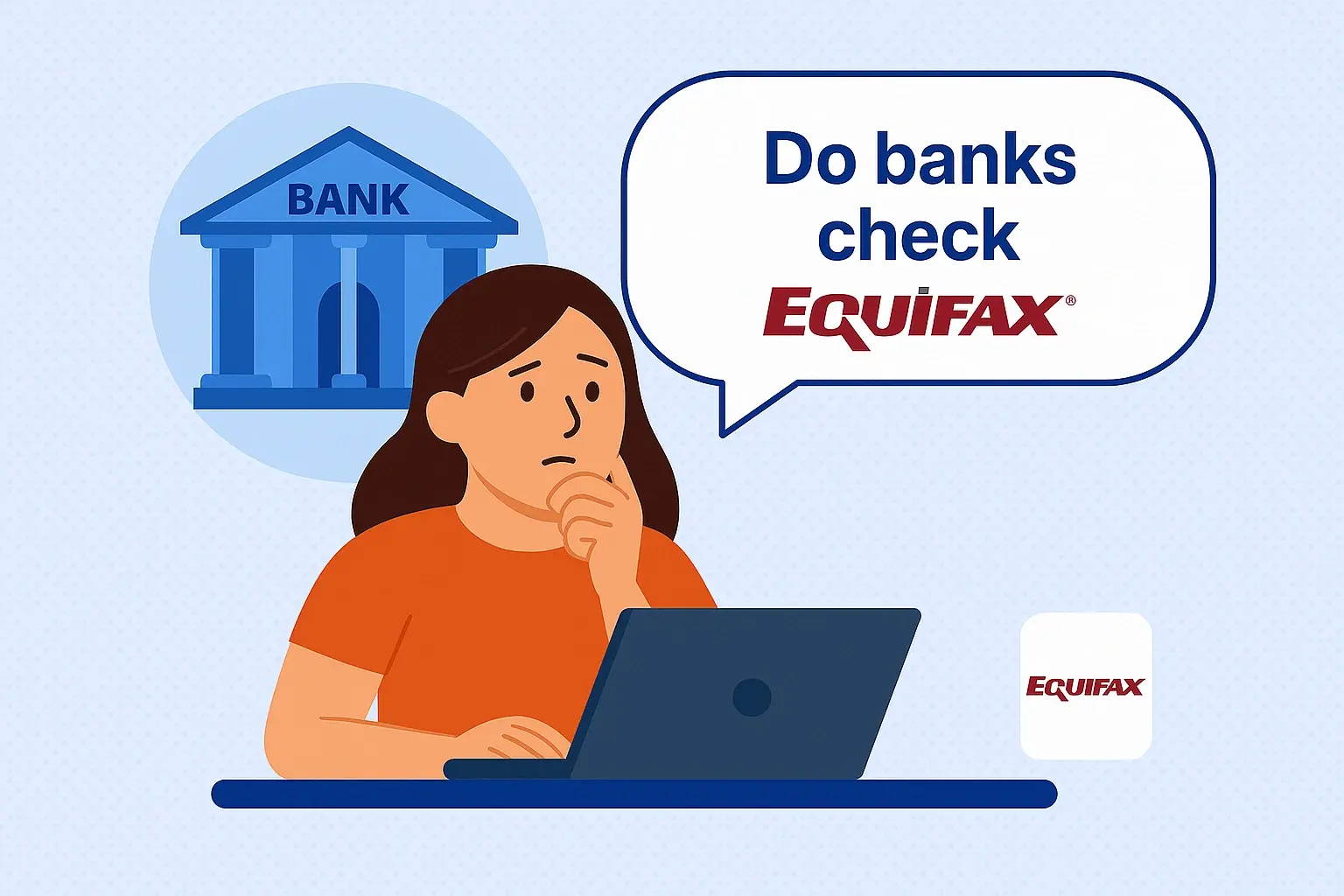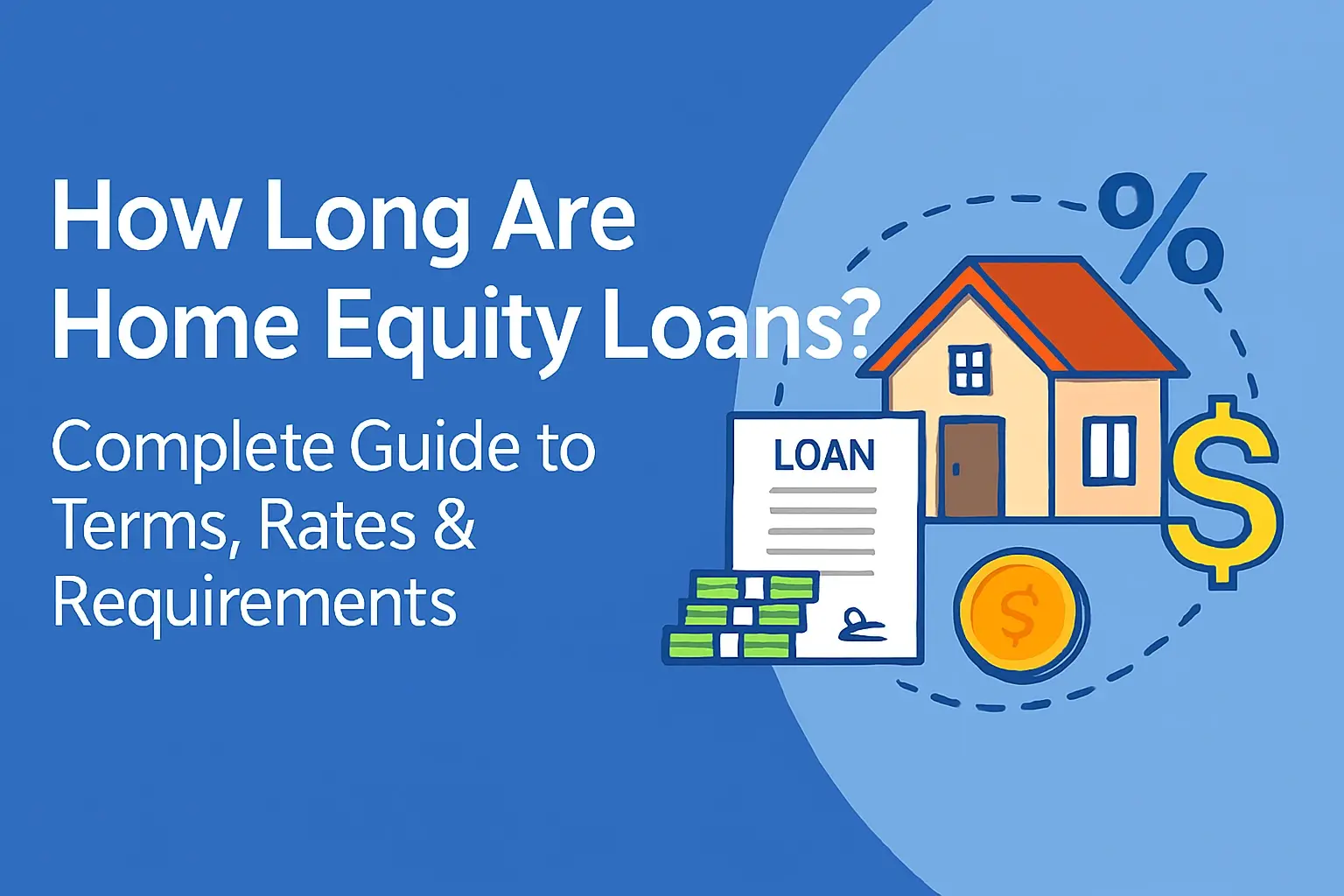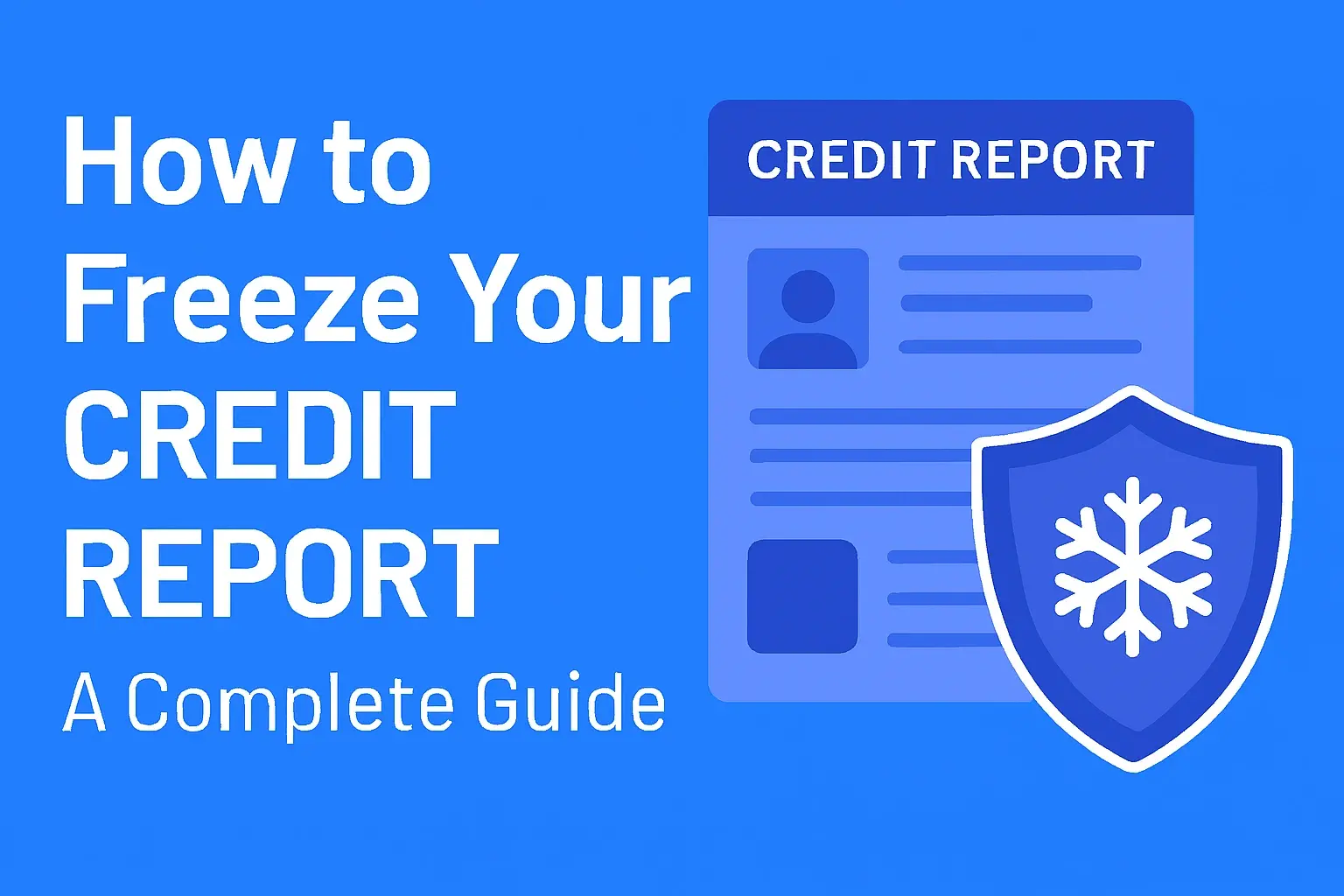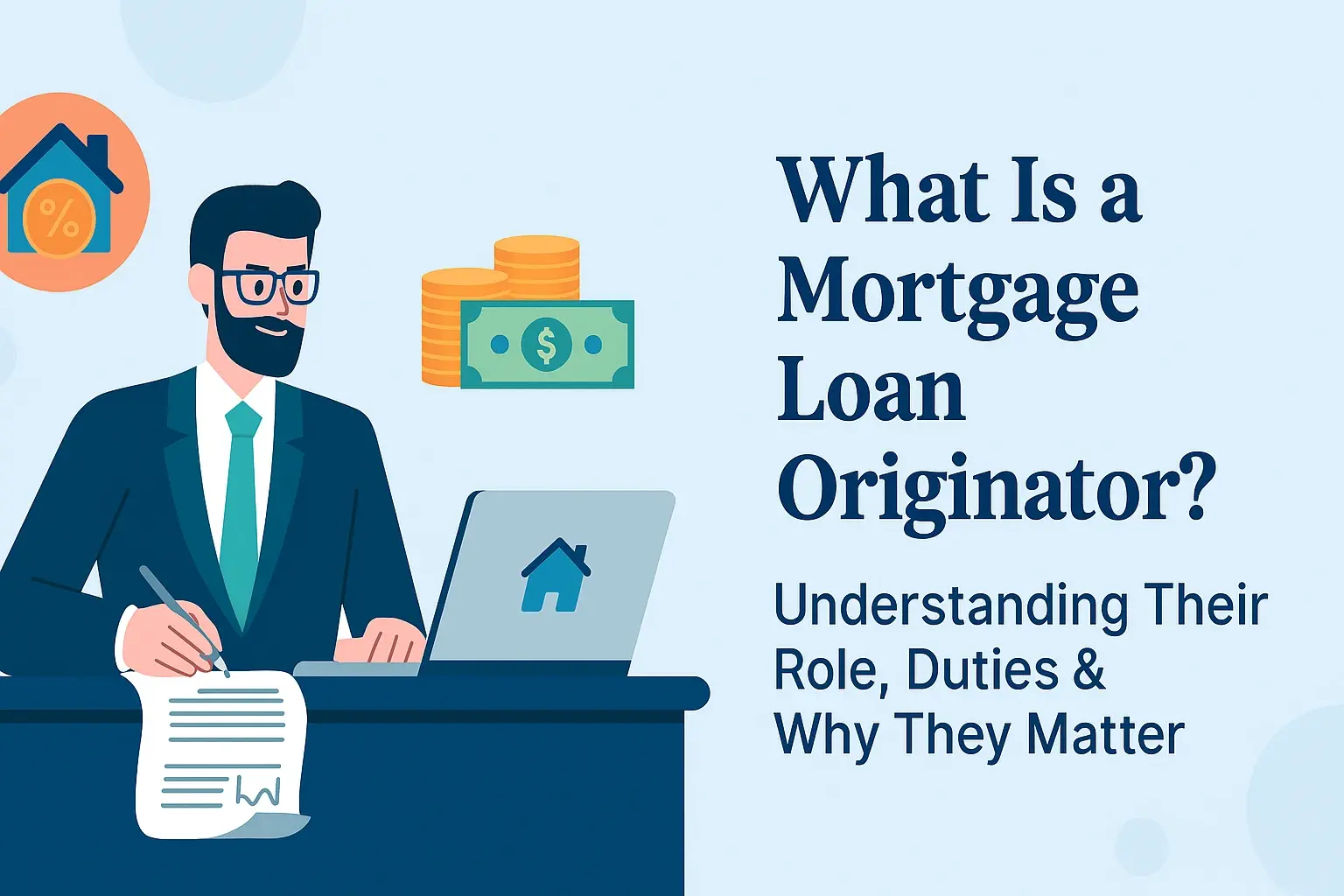Curious about the monthly cost of a $50,000 personal loan in 2025? This guide breaks down interest rates, loan terms, and fees, and provides real-world examples to help you understand your potential monthly payments and secure the best loan for your needs.
Why Understanding Your $50,000 Loan Payment is Crucial?
Securing a substantial personal loan, like $50,000, can be a game-changer for major life events, debt consolidation, or significant investments. However, before you sign on the dotted line, a critical question looms: "How much will a $50,000 personal loan cost me per month?". This isn't just about the principal amount; it's about the total financial commitment over the loan's lifespan. In 2025, with fluctuating economic conditions, understanding these costs is more important than ever. This comprehensive guide will demystify the calculations, explore influencing factors, and equip you with the knowledge to make an informed decision, ensuring you can comfortably manage your monthly repayments.
We'll dive deep into what makes up your monthly loan payment, from interest rates to loan terms, and provide clear, actionable insights. By the end of this article, you'll have a solid grasp of the potential monthly expenses associated with a $50,000 personal loan and strategies to find the most affordable option.
Deconstructing Your Monthly Loan Payment
Your monthly payment for a $50,000 personal loan isn't arbitrary. It's primarily determined by two core components: the principal amount and the interest charged by the lender.
- Principal: This is the actual amount you borrow – in this case, $50,000.
- Interest: This is the cost of borrowing money, expressed as an Annual Percentage Rate (APR). The APR includes the interest rate plus any lender fees, giving you a more accurate picture of the total borrowing cost.
- Loan Term: This is the duration over which you agree to repay the loan. Common terms for personal loans range from 1 to 7 years (12 to 84 months). A longer term generally means lower monthly payments but more interest paid over time.
Lenders use a formula to calculate your fixed monthly payment, ensuring that each payment covers a portion of the principal and the accrued interest. This is typically an amortizing loan, meaning early payments are heavily weighted towards interest, while later payments focus more on principal repayment.
Key Factors Influencing Your $50,000 Loan Payment
Several variables significantly impact how much you'll pay each month for a $50,000 personal loan. Understanding these factors empowers you to shop around and potentially secure a better deal.
1. Annual Percentage Rate (APR)
The APR is arguably the most critical factor. In 2025, personal loan APRs can range widely, typically from around 6% to 36%.
- Higher APR = Higher Monthly Payment & Total Interest Paid.
- Lower APR = Lower Monthly Payment & Total Interest Paid.
Your creditworthiness is the primary determinant of your APR. Lenders assess your credit score, credit history, income, and debt-to-income ratio. Excellent credit typically qualifies you for the lowest APRs.
2. Loan Term (Repayment Period)
The length of time you have to repay the loan directly affects your monthly payment.
- Shorter Term (e.g., 3 years/36 months): Results in higher monthly payments but significantly less interest paid over the life of the loan.
- Longer Term (e.g., 7 years/84 months): Results in lower monthly payments, making the loan more affordable on a month-to-month basis, but you'll pay considerably more in total interest.
Choosing the right term is a balancing act between affordability and total cost.
3. Lender Fees
While APR is the headline rate, some lenders charge additional fees that can increase your overall borrowing cost. These might include:
- Origination Fees: A percentage of the loan amount (typically 1%-8%) is deducted from the loan proceeds or added to the principal.
- Late Payment Fees: Penalties for missing a payment deadline.
- Prepayment Penalties: Fees for paying off the loan early (less common with personal loans, but worth checking).
Always ask lenders to clarify all potential fees associated with the loan.
4. Your Credit Score and History
As mentioned, your credit score is paramount. In 2025, lenders use sophisticated algorithms to assess risk.
- Excellent Credit (740+): Best chance for lowest APRs (e.g., 6%-10%).
- Good Credit (670-739): Likely to get competitive rates (e.g., 10%-18%).
- Fair Credit (580-669): May face higher APRs (e.g., 18%-28%).
- Poor Credit (<580): Can be challenging to qualify, and if approved, APRs will be very high (often 30%+), potentially making a $50,000 loan impractical.
Your payment history, credit utilization, and length of credit history all play a role.
5. Income and Employment Stability
Lenders want assurance that you can repay the loan. Stable employment and a sufficient income are crucial. They will often verify your income and assess your debt-to-income ratio (DTI) – the percentage of your gross monthly income that goes towards paying your monthly debt obligations. A lower DTI is generally preferred.
Calculating Your $50,000 Loan Payment: Real-World Examples
Let's put the theory into practice. We'll use a standard loan payment formula (or an online calculator) to illustrate potential monthly costs for a $50,000 personal loan under different scenarios in 2025.
Formula: M = P [ i(1 + i)^n ] / [ (1 + i)^n – 1] Where: M = Monthly Payment P = Principal Loan Amount ($50,000) i = Monthly Interest Rate (Annual Rate / 12) n = Total Number of Payments (Loan Term in Years * 12)
Note: These examples exclude origination fees for simplicity, but remember to factor them in when comparing offers.
Scenario 1: Good Credit, Moderate Term
Loan Amount: $50,000 APR: 12% (0.12 / 12 = 0.01 monthly interest rate) Loan Term: 5 years (60 months)
| Metric | Value |
|---|---|
| Monthly Payment | $1,054.06 |
| Total Interest Paid | $13,243.60 |
| Total Repayment | $63,243.60 |
Scenario 2: Excellent Credit, Shorter Term
Loan Amount: $50,000 APR: 8% (0.08 / 12 = 0.006667 monthly interest rate) Loan Term: 3 years (36 months)
| Metric | Value |
|---|---|
| Monthly Payment | $1,527.15 |
| Total Interest Paid | $5,977.40 |
| Total Repayment | $55,977.40 |
Scenario 3: Fair Credit, Longer Term
Loan Amount: $50,000 APR: 20% (0.20 / 12 = 0.016667 monthly interest rate) Loan Term: 7 years (84 months)
| Metric | Value |
|---|---|
| Monthly Payment | $918.05 |
| Total Interest Paid | $27,134.20 |
| Total Repayment | $77,134.20 |
Key Takeaway: As you can see, even small changes in APR and loan term dramatically impact your monthly payment and the total interest you'll pay. A $50,000 loan could cost anywhere from around $900 to over $1,500 per month, plus interest.
Types of Personal Loans for $50,000
When seeking a $50,000 loan, you'll likely encounter a few primary types of personal loans. Each has its own characteristics and may be better suited for different borrower profiles.
1. Unsecured Personal Loans
These are the most common types. They do not require collateral, meaning you don't have to pledge an asset like your home or car. Approval is based solely on your creditworthiness. For a $50,000 amount, lenders are stringent with credit requirements for unsecured loans.
- Pros: No risk of losing collateral.
- Cons: Higher APRs and typically stricter credit requirements.
2. Secured Personal Loans
These loans are backed by collateral, such as a savings account, certificate of deposit (CD), or even a vehicle. Because the lender has collateral, the risk is lower for them, potentially leading to lower APRs and higher loan amounts.
- Pros: Potentially lower APRs, easier approval for those with less-than-perfect credit.
- Cons: Risk of losing your collateral if you default.
3. Debt Consolidation Loans
If your primary goal for a $50,000 loan is to pay off multiple higher-interest debts (like credit cards), a debt consolidation loan can be structured as either secured or unsecured. The benefit is simplifying payments into one, potentially at a lower overall interest rate.
4. Loans from Banks vs. Credit Unions vs. Online Lenders
Where you get your loan also matters:
- Traditional Banks: Often offer competitive rates but can have more rigorous application processes and may favor existing customers.
- Credit Unions: Member-owned cooperatives that sometimes offer lower rates and more flexible terms than banks, but membership is usually required.
- Online Lenders: Known for fast application and funding processes, often with competitive rates and accessible to a wider range of credit profiles. They are a popular choice for $50,000 personal loans in 2025.
How to Find the Best Loan Terms for Your $50,000 Loan?
Securing the most favorable terms for a $50,000 personal loan requires a strategic approach. Don't settle for the first offer you receive.
- Check Your Credit Score: Before applying, know your credit score. Obtain free credit reports from major bureaus (Equifax, Experian, TransUnion) and review them for errors. Improving your credit score, even by a few points, can lead to a lower APR.
- Shop Around and Compare Lenders: This is paramount. Apply for pre-qualification with multiple lenders (banks, credit unions, online lenders). Pre-qualification typically uses a soft credit pull, which doesn't affect your score, and gives you an estimate of your potential APR and loan terms.
- Compare APRs, Not Just Interest Rates: Remember, APR includes fees. A loan with a slightly lower interest rate but higher origination fees might be more expensive overall.
- Read the Fine Print: Understand all terms and conditions, including origination fees, late fees, and any prepayment penalties.
- Consider the Loan Term Carefully: Balance the desire for a lower monthly payment with the total interest cost. A shorter term saves money in the long run.
- Look for Lenders Specializing in Larger Loans: Some lenders are more comfortable offering larger loan amounts, like $50,000, and may have competitive products for this bracket.
- Be Prepared with Documentation: Have proof of income (pay stubs, tax returns), employment verification, and details of your existing debts ready. This speeds up the application process.
By diligently comparing offers, you can potentially save thousands of dollars over the life of your $50,000 personal loan.
Common Fees Associated with $50,000 Personal Loans
Beyond the interest rate, various fees can add to the cost of your $50,000 personal loan. Being aware of these helps you negotiate and avoid hidden costs.
1. Origination Fees
These are charged by some lenders to process your loan application. They are typically a percentage of the loan amount (e.g., 1% to 8%). For a $50,000 loan, a 5% origination fee would be $2,500. Some lenders deduct this from your loan proceeds, meaning you'd receive less than $50,000, while others add it to the principal, increasing your monthly payments.
2. Late Payment Fees
If you miss a payment deadline, you'll likely incur a late fee. These can be a flat amount (e.g., $30-$50) or a percentage of the overdue payment. It's crucial to pay on time to avoid these.
3. Prepayment Penalties
Some loans charge a fee if you decide to pay off the loan early, either in full or by making extra payments that reduce the principal faster. While less common on personal loans today, it's essential to check your loan agreement. Paying off a loan early typically saves you money on interest, so a prepayment penalty can negate that benefit.
4. Insufficient Funds (NSF) Fees
If your payment attempt bounces due to insufficient funds in your bank account, your bank may charge an NSF fee, and the lender might also charge a fee.
Pro Tip: Always ask lenders to provide a full breakdown of all potential fees before accepting a loan offer. A truly transparent lender will be happy to do so.
Strategies to Reduce the Cost of Your $50,000 Loan
Minimizing the financial burden of a $50,000 personal loan is achievable with smart planning and action.
- Boost Your Credit Score: Even a small improvement can unlock lower APRs. Focus on paying bills on time, reducing credit utilization, and avoiding new credit applications before you apply.
- Opt for a Shorter Loan Term: While monthly payments will be higher, you'll save significantly on total interest paid over the loan's life. If your budget allows, this is a powerful cost-saving strategy.
- Shop for the Lowest APR: Dedicate time to compare offers from various lenders. Use pre-qualification tools to get personalized rates without impacting your credit score initially.
- Consider a Secured Loan: If you have collateral, a secured loan might offer a lower APR, reducing your overall interest costs.
- Negotiate with Lenders: If you have a strong credit profile and multiple offers, you might be able to negotiate a slightly better APR or fee structure.
- Pay More Than the Minimum When Possible: Even an extra $50 or $100 per month can make a difference in paying down the principal faster and reducing the total interest paid.
- Avoid Unnecessary Fees: Be diligent about making payments on time to avoid late fees and understand any prepayment clauses.
By implementing these strategies, you can make your $50,000 personal loan more manageable and less expensive.


